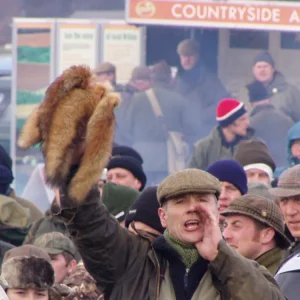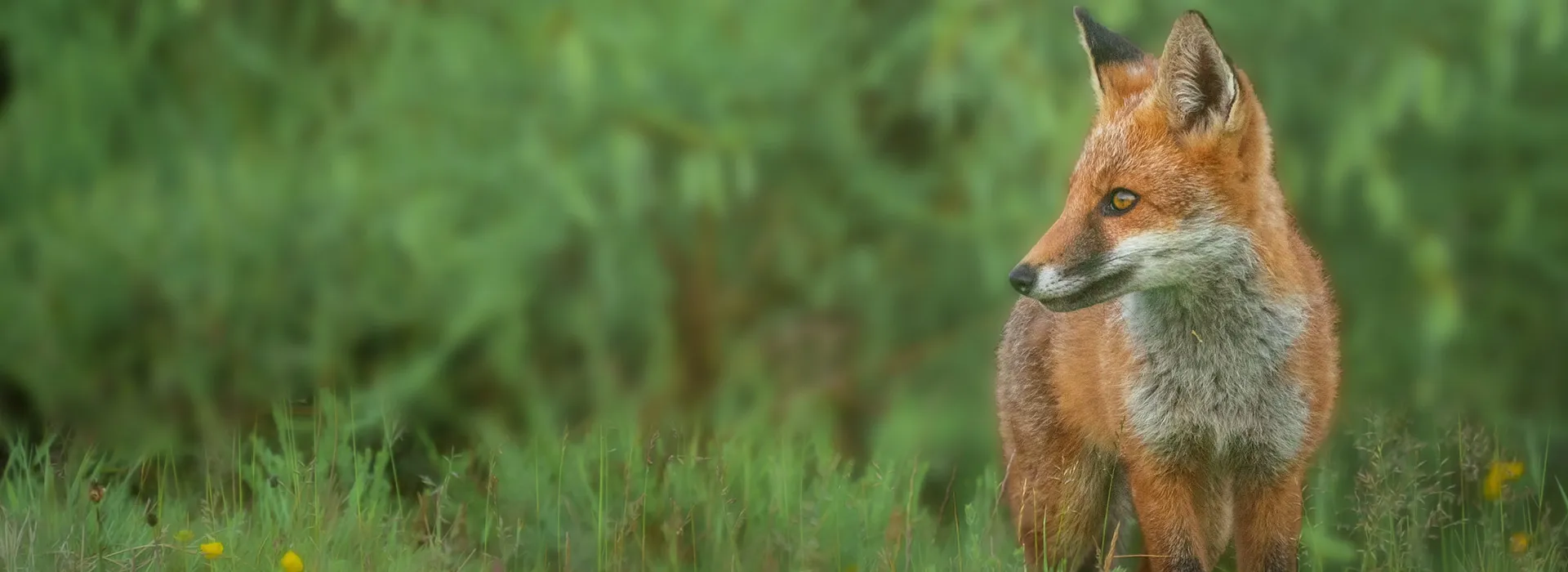When the Huntsman claims praise for the killing of foxes,
Mr Facing Both Ways by Henry S. Salt, 1925
Which else would bring ruin to farmer and land,
Yet so kindly imports them, preserves them, assorts them—
There’s a discrepance here that I’d fain understand.
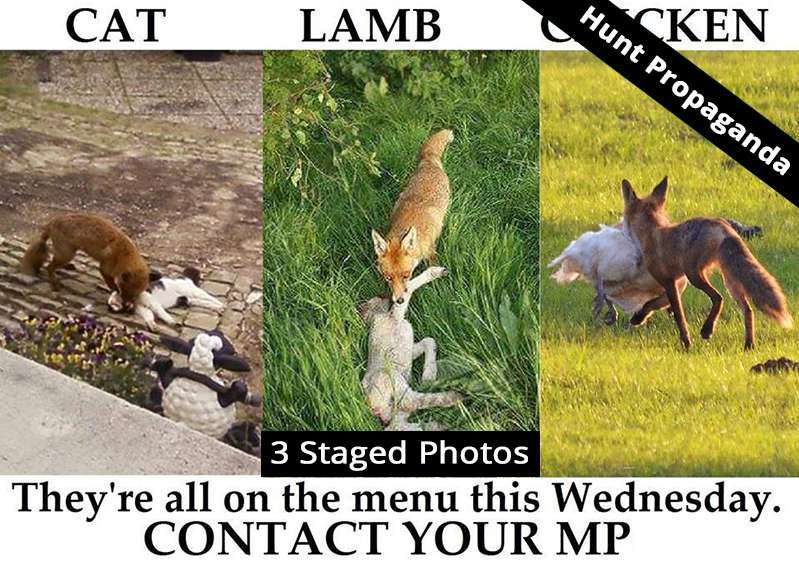
Whenever there is a chance of repeal of the Hunting Act the hunters claim that foxes are a threat to farmers and that hunting is necessary to keep down fox numbers. Yet in rare moments of honestly the hunters admit that:
“The staple diet of a fox is not, as so many people apparently imagine, hens and ducks. Indeed, it is probably true to say that not 5 per cent of all foxes in Christendom ever taste domestic poultry at all… The majority of foxes live largely upon beetles, frogs, rabbits, and wild birds; carrion does not come amiss to them either, while they are the biggest destroyers of rats and mice in the world, far excelling the domestic cat in this useful art.”
Foxhunting – A British Field Sports Society Booklet by D W E Brock 1973
Foxhunting has nothing to do with “pest control” but everything to do with “sport” regardless of the cruelty involved. The following is from a pro-hunt website linked to the Pytchley Hunt in Leicestershire:
“Mounted fox hunting is about the chase and not the kill. In fact most of the mounted hunts have gone to extraordinary lengths not only to prevent fox deaths but also to encourage fox to live and breed on hunt lands. Not only are fox coverts protected, but fox(es) are caught and released on depleted hunts’ lands, artificial dens are dug, and both leghold traps and most poisons have been banned in order to keep fox numbers up. As a result of the efforts of the mounted hunts to discourage free-agent fox-culling by farmers, there are now more fox in the UK today than there were in Victorian and pre-Victorian times.” (www.terrierman.com cf. Toon, 2000: 21 – 24).
When not preserving foxes for hunting, hunts are releasing them for hounds to hunt. One example, told to former Horse & Hound writer Samantha Hurn, concerned a Welsh foxhunt in the 1940s:
“My most memorable day… was when we set off from the Fish & Anchor (public house in Llanwnen) and ended up 30 miles away, still running. We ran without a break for over three hours until we ended up in Llansawel where the hounds did their job. It was the same fox all the way, a bagged fox. He’d been dug up 200 miles from the kennels in England the night before, and died 230 miles away poor bugger, but he gave us a hellish good run.”
In 2004 the Master of Foxhounds Association warned of a “shortage of foxes” for hunting. In reply Simon Hart, the then Chief Executive of the Countryside Alliance, admitted in a leaked emailed that, “I am one of those who has never been happy about our reliance on the ‘pest control’ case…”.
“… it is hard to reconcile any use of artificial earths by the hunts with the argument that foxes are a pest and that their numbers need to be controlled through hunting.”
The Burns Inquiry
Artificial Earths
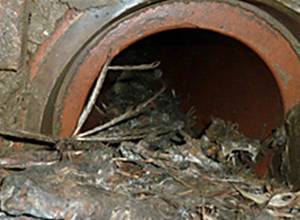
Artificial breeding dens are built to encourage foxes to remain in a desired hunting area. There are usually two entrances with a chamber set between them as a living area. The chamber is often brick-built with a lid of paving stone. The entrances are typical tunnels made of piping or building brick.
The hunt lobby claim that, “Artificial earths are very much a legacy of the past but they were useful in countries where there is a lot of shooting as it encourages foxes to lie up in areas where they are more welcome.” However, small areas of woodland and fox coverts have been planted by hunts to boost fox numbers for good hunting. Horse & Hound reported in 2018 that the Sinnington Hunt in North Yorkshire own 12 fox coverts.
In recent times there have been numerous reports, especially in shooting areas, of foxes being carried around in the boxes on the terriermen quad bikes, and if the hunt has failed to find a fox, the terrierman will head to the next wood and release the fox as the huntsman approaches.
Where do hunts get their fox cubs?
As described by Roger Lovegrove in Silent Fields, “To ensure an adequate supply of Foxes for the hunt a major trade in Foxes imported from France developed between 1815 and 1914, through markets in London, notably Leadenhall. Reflecting the trade, Graham Smith (pers com) has shown through DNA analysis that Foxes in the south of England are much more closely related to French Foxes than those in the north.”
Not that the north is any better, “…the fox is still to be found in great numbers in the Highlands of Scotland, many cubs being dug out and sent to hunting districts every year… fox cubs are in many cases a considerable source of income to the keeper…” The Keeper’s Book by P. Jeffrey Mackie, 1910
The practice is still going strong today, not just from Scotland but all over the country.
In 2000 Mike Huskisson of the Animal Cruelty Investigation Group had a conversation with Bryan Robinson who had been a terrierman of the Sinnington Hunt. Mike had filmed a pair of fox cubs incarcerated in an artificial earth in a wood owned by the Sinnington Foxhounds. Robinson explained to Mike:
“There was a policy in Yorkshire with the (game) keepers, rather than shoot all the foxes, because they’ve obviously got to look after their pheasants. What they do is they’ll find a litter of cubs, they’ll know for example in that wood there is a litter of cubs. So they’ll go out and shoot the vixen,…Oh! that’s bloody horrible,….they’ve shot the….howl the poor cubs… Then they’ll go there every day and feed the cubs, they leave chickens and stuff out for them… Cos they then…they can control then whereabouts on their patch the foxes are… So it’s a way of ensuring that there’s foxes there for the people to hunt when they go hunting but also a way for the keeper being able to dictate where on his patch the foxes are.
“So it’s common practice. They’ll shoot them, shoot the mother once the cubs are big enough to be sort of on on solid flesh… Shoot the mother and they will then to all intents and purposes rear the cubs. But all they actually do is go and feed them. And they are then able to keep track of where the foxes are on their patch which at the end of the day every good keeper wants to know where his foxes are, doesn’t he?”
Bryan Robinson is an experienced gamekeeper, terrierman and Huntsman. His description, for the Inquiry team, portrays the reality of how foxes are treated for sporting purposes. It makes a mockery of any claim that foxes are hunted in their wild and natural state. The relationship between a vixen and her cubs is intimate and vital. The vixen teaches her offspring how to hunt and how to survive in the wild. If, in the interest of the sport of men and women, she is killed and the cubs fed from the moment they are weaned by man (and on chickens!) what is the exact measure of harm caused to those cubs? They will find it hard indeed to fend for themselves in the wild and until they fall victim to the “sport” for which they were spared will doubtless fulfil the jaundiced view of some by being the very threat to human farming interests for which their species is damned.
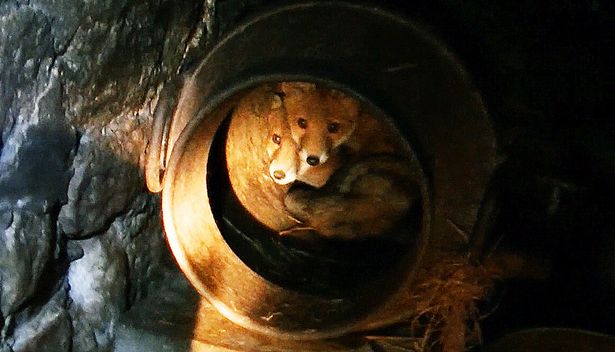
In 2015, 16 fox cubs were rescued from a barn next to the Middleton Hunt’s kennels at Birdsall. Four different litters of fox cubs were identified by DNA testing. Not a single vixen was alive. The Middleton Hunt is a neighbouring hunt of the Sinnington Hunt.


